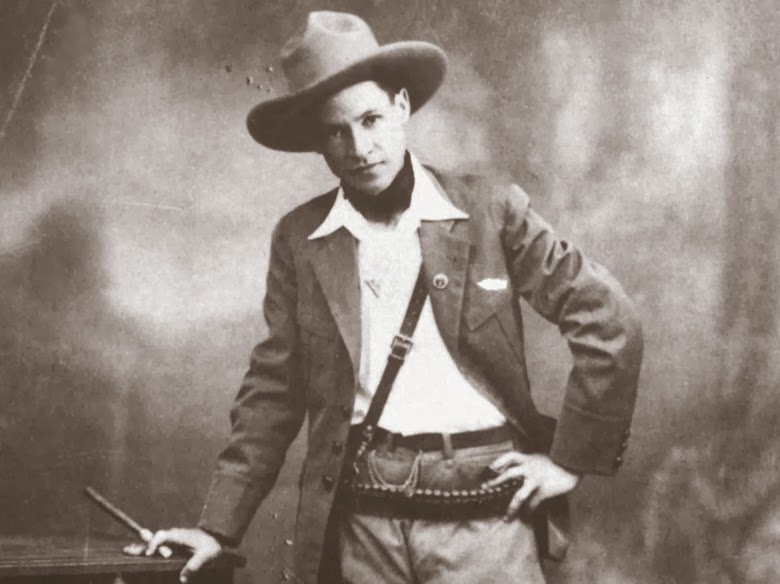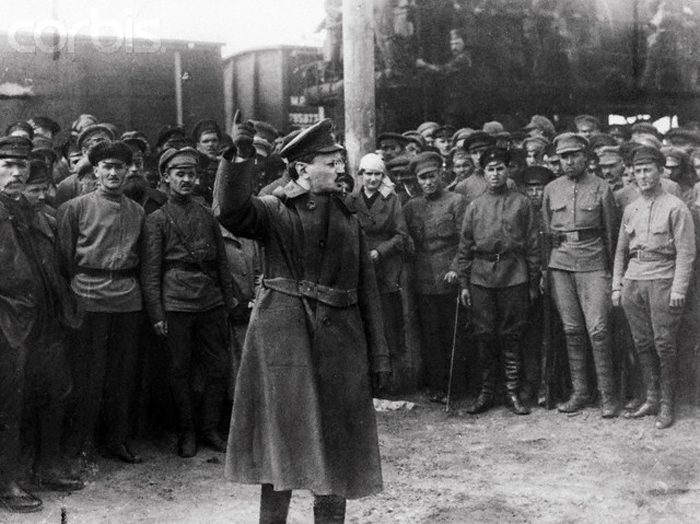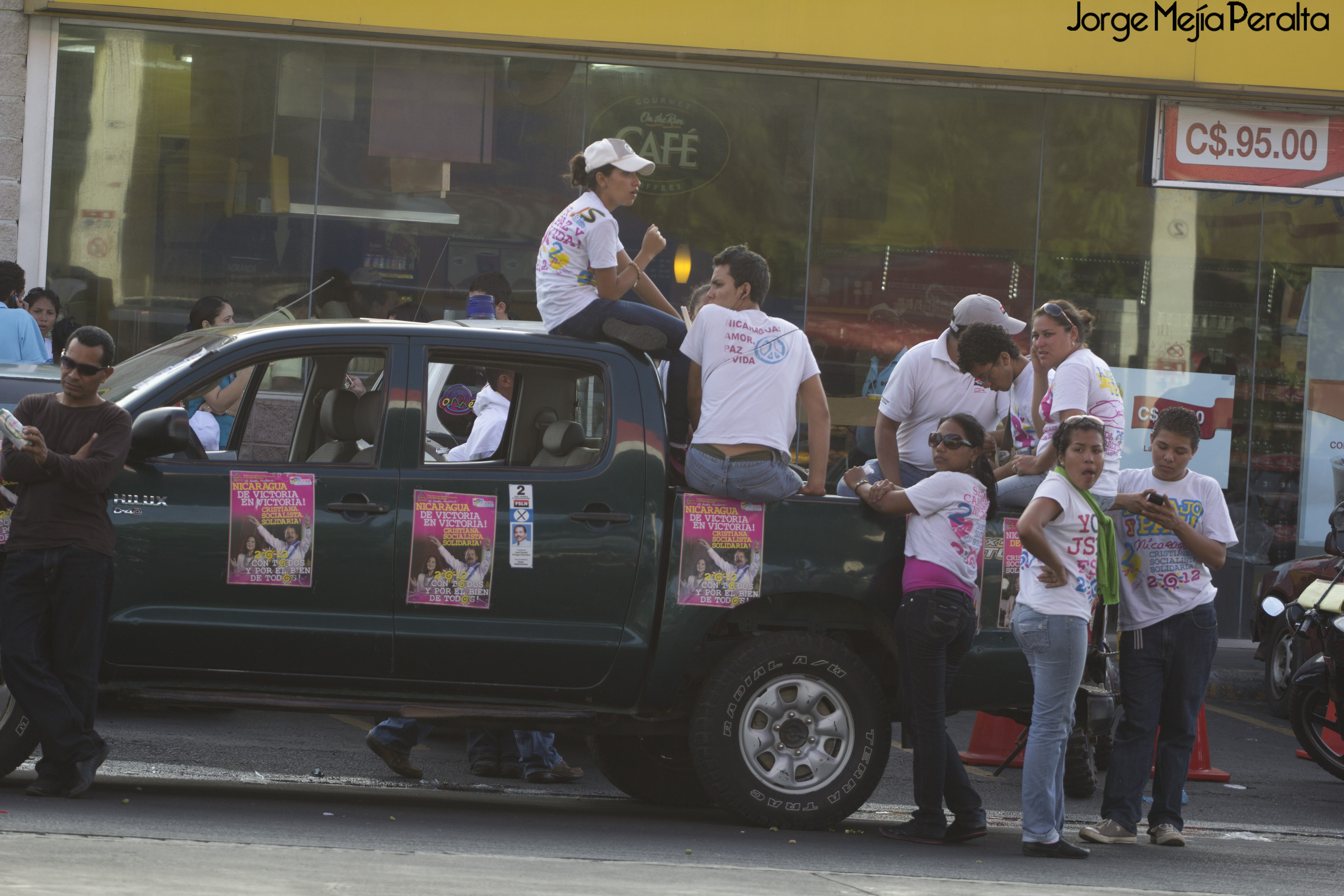|
FSLN
The Sandinista National Liberation Front ( es, Frente Sandinista de Liberación Nacional, FSLN) is a Socialism, socialist political party in Nicaragua. Its members are called Sandinistas () in both English and Spanish. The party is named after Augusto César Sandino, who led the Nicaraguan resistance against the United States occupation of Nicaragua in the 1930s.History Matter"To Abolish the Monroe Doctrine": Proclamation from Augusto César SandinoRetrieved 29/09/12 The FSLN overthrew Anastasio Somoza Debayle in 1979, ending the Somoza family, Somoza dynasty, and established a revolutionary government in its place. Having seized power, the Sandinistas ruled Nicaragua from 1979 to 1990, first as part of a Junta of National Reconstruction. Following the resignation of centrist members from this Junta, the FSLN took exclusive power in March 1981. They instituted a policy of mass literacy, devoted significant resources to health care, and promoted gender equality but came under int ... [...More Info...] [...Related Items...] OR: [Wikipedia] [Google] [Baidu] |
Daniel Ortega
José Daniel Ortega Saavedra (; born 11 November 1945) is a Nicaraguan revolutionary and politician serving as President of Nicaragua since 2007. Previously he was leader of Nicaragua from 1979 to 1990, first as coordinator of the Junta of National Reconstruction (1979–1985) and then as President of Nicaragua (1985–1990). In the 1984 Nicaraguan general election, Ortega won Nicaragua's presidential election as the FSLN's candidate. A Marxist–Leninist, Ortega pursued a program of nationalization, land reform, wealth redistribution, and the Nicaraguan Literacy Campaign during his first period in office. A leader in the Sandinista National Liberation Front ( es, Frente Sandinista de Liberación Nacional, FSLN), he implemented policies to achieve leftist reforms across Nicaragua. In later years, Ortega's left-wing radical politics cooled significantly, leading him to pursue pro-business policies and even rapprochement with the Catholic Church. This was followed in the ... [...More Info...] [...Related Items...] OR: [Wikipedia] [Google] [Baidu] |
Tomás Borge
Tomás Borge Martínez (13 August 1930 – 30 April 2012), often spelled as Thomas Borge in United States newspapers) was a cofounder of the Sandinista National Liberation Front in Nicaragua and was Interior Minister of Nicaragua during one of the administrations of Daniel Ortega. He was also a renowned statesman, writer, and politician. Tomás Borge also held the titles of "Vice-Secretary and President of the FSLN", member of the Nicaraguan Parliament and National Congress, and Ambassador to Peru. Considered a hardliner, he led the "prolonged people's war" tendency within the FSLN until his death. In 2010, he stated in an interview: "I am proud to be a Sandinista, to continue being faithful to the red and black flag of our party, to continue being faithful to our revolutionary organization; and to die proud of raising the front, and not having been disloyal to my principles, nor disloyal with my friends nor my companions, nor with my flag, nor with my cries of war." Early life ... [...More Info...] [...Related Items...] OR: [Wikipedia] [Google] [Baidu] |
Carlos Fonseca
Carlos Fonseca Amador (23 June 1936 – 8 November 1976) was a Nicaraguan teacher, librarian and revolutionary who founded the Sandinista National Liberation Front (FSLN). Fonseca was later killed in the mountains of the Zelaya Department, Nicaragua, three years before the FSLN took power. Early years Fonseca was born in a "corner house" his aunt (Isaura) acquired at the south-end of Matagalpa. His mother lived in a back room. Fonseca was the son of Augustina Fonseca Úbeda, an unmarried rural woman. His father, Fausto Amador Alemán, a member of a coffee-growing family, did not acknowledge Fonseca until his elementary school years. Fonseca's father was part of a wealthy family, while his mother was a peasant. Although his father later helped him go to school and educate himself, Fonseca held greater admiration for his mother because of her work ethic and strength. Because of this, Fonseca inverted the usual naming convention in Latin America and used her surname first, and was c ... [...More Info...] [...Related Items...] OR: [Wikipedia] [Google] [Baidu] |
Sandinista Ideology
Sandinista ideology or Sandinismo is a series of political and economic philosophies instituted by the Nicaraguan Sandinista National Liberation Front throughout the late twentieth century. The ideology and movement acquired its name, image and most crucially, its military style from Augusto César Sandino, a Nicaraguan revolutionary leader who waged a guerrilla war against the United States Marines and the conservative Somoza National Guards in the early twentieth century. Despite using the Sandino name, the principals of modern Sandinista ideology were mainly developed by Carlos Fonseca, inspired by the leaders of the Cuban Revolution in the 1950s, sought to inspire socialist populism among Nicaragua's peasant population. One of these main philosophies involved the institution of an educational system that would "free" the population from the perceived historical fallacies spouted by the ruling Somoza family. By awakening political thought among the people, proponents of S ... [...More Info...] [...Related Items...] OR: [Wikipedia] [Google] [Baidu] |
Religion In Nicaragua
Religion in Nicaragua is predominantly Christian and forms a significant part of the culture of the country as well as its constitution. Religious freedom and religious tolerance is promoted by both the Nicaraguan government and the constitution. History Catholicism As of the early 1990s, the vast majority of Nicaraguans were nominally Roman Catholic. Many had little contact with their church, however, and the country's Protestant minority was expanding rapidly. Roman Catholicism came to Nicaragua in the sixteenth century with the Spanish conquest and remained, until 1939, the established faith.f The Roman Catholic Church was accorded privileged legal status, and church authorities usually supported the political status quo. Not until the former President José Santos Zelaya came to power was the position of the church seriously challenged. Nicaraguan constitutions have provided for a secular state and guaranteed freedom of religion since 1939, but the Roman Catholic Church ... [...More Info...] [...Related Items...] OR: [Wikipedia] [Google] [Baidu] |
Luisa Amanda Espinoza Association Of Nicaraguan Women
The Luisa Amanda Espinoza Association of Nicaraguan Women ( es, italic=no, Asociación de Mujeres Nicaragüenes Luisa Amanda Espinoza, AMNLAE) was initially established in 1977 under the name Association of Women Concerned about National Crisis (, AMPRONAC). AMPRONAC was part of the Sandinista (FSLN) network which was set on bringing down the Anastasio Somoza Debayle regime in 1979. Shortly after the fall of Somoza, AMPRONAC change its name to AMNLAE, after Luisa Amanda Espinoza, the first women to die in the war against Somoza, but remained closely connected to the FSLN as their slogan suggests: "No revolution without women's emancipation: no emancipation without revolution." AMNLAE was critiqued as being the submissive wife of the FSLN, and certainly not a feminist organization but rather a feminine one that fell short of full emancipation of women. AMNLAE membership subsequently dropped as women began resenting the close ties with the FSLN which resulted in advocacy for Sandi ... [...More Info...] [...Related Items...] OR: [Wikipedia] [Google] [Baidu] |
List Of Presidents Of The National Assembly Of Nicaragua
The President of the National Assembly of Nicaragua is the presiding officer of the legislature of Nicaragua, National Assembly. See also * List of years in Nicaragua * National Congress of Nicaragua - Former bicameral legislature until 1979 Sources *Various editions of ''The Europa World Year Book'' {{Nicaragua topics Nicaragua, National Assembly, President * President of the National Assembly ... [...More Info...] [...Related Items...] OR: [Wikipedia] [Google] [Baidu] |
Rosario Murillo
Rosario María Murillo Zambrana (; born 22 June 1951) is a Nicaraguan politician and poet who has held the position of Vice President of Nicaragua, the country's second highest office, since January 2017 and First Lady of Nicaragua since 2007 as the wife of President Daniel Ortega. Murillo has served as the Nicaraguan government's lead spokesperson, government minister, head of the Sandinista Association of Cultural Workers, and Communications Coordinator of the Council on Communication and Citizenry. She was sworn in as vice president of Nicaragua on 10 January 2017. In August 2021, she was made subject to personal sanctions by the European Union, over alleged human rights violations. Life and career Murillo was born in Managua, Nicaragua. Her father was Teódulo Murillo Molina (1915–1996), a cotton grower and livestock owner. Her mother was Zoilamérica Zambrana Sandino (1926–1973; the daughter of Orlando José Zambrana Báez and Zoilamérica Sandino Tiffer), a niece ... [...More Info...] [...Related Items...] OR: [Wikipedia] [Google] [Baidu] |
Marxism–Leninism
Marxism–Leninism is a List of communist ideologies, communist ideology which was the main communist movement throughout the 20th century. Developed by the Bolsheviks, it was the state ideology of the Soviet Union, its Soviet satellite states, satellite states in the Eastern Bloc, and various countries in the Non-Aligned Movement and Third World during the Cold War, as well as the Communist International after Bolshevisation. Today, Marxism–Leninism is the ideology of the ruling parties of Chinese Communist Party, China, Communist Party of Cuba, Cuba, Lao People's Revolutionary Party, Laos and Communist Party of Vietnam, Vietnam (all One-party state, one-party 'socialist republics'), as well as many List of communist parties, other communist parties, while Juche, the state ideology of North Korea is derived from Marxism–Leninism. Marxist–Leninist states are commonly referred to as "communist states" by Western academics. Marxism–Leninism holds that a Two-stage theory, ... [...More Info...] [...Related Items...] OR: [Wikipedia] [Google] [Baidu] |
Sandinista Youth
The Sandinista Youth (Spanish: ''Juventud Sandinista'' or ''Juventud Sandinista 19 de Julio'') is the youth organization of the Sandinista National Liberation Front (FSLN) party in Nicaragua. The Sandinista Youth arose informally during the Nicaraguan Revolution and it was formally founded by Gonzalo Carrión after the FSLN victory on July 19, 1979. Since 2011 the organization has been part of umbrella organization ''Juventud Presidente'', which unites several youth organizations that support Nicaraguan President and Sandinista revolutionary commandante Daniel Ortega. Besides being considered mainly a peaceful political youth organization, its members—or militant The English word ''militant'' is both an adjective and a noun, and it is generally used to mean vigorously active, combative and/or aggressive, especially in support of a cause, as in "militant reformers". It comes from the 15th century Latin " ...s (as they refer to themselves)--have been associated with ''San ... [...More Info...] [...Related Items...] OR: [Wikipedia] [Google] [Baidu] |
Parliamentary Group Of The Left
The Parliamentary Left Group is a left-wing political group in the Central American Parliament, or PARLACEN, made up of four regional leftist political parties. The organization's president and vice-president are Aura Lily Escobar Anléu of Guatemala and Carlos Luis Sánchez Soliman of the Dominican Republic, respectively. It holds thirty seats in the Central American Parliament. Members See also * Center-Democratic Integration Group *Central American Parliament The Central American Parliament ( es, Parlamento Centroamericano), also known as PARLACEN, is the political institution and parliamentary body of the Central American Integration System (SICA). Its headquarters are in Guatemala City. History ... References Politics of Central America 1991 establishments in North America {{CentralAm-stub ... [...More Info...] [...Related Items...] OR: [Wikipedia] [Google] [Baidu] |
Managua
) , settlement_type = Capital city , motto = , image_map = , mapsize = , map_caption = , pushpin_map = Nicaragua , coordinates = , subdivision_type = Country , subdivision_name = , subdivision_type1 = Department , subdivision_type2 = Municipality , subdivision_name1 = Managua , subdivision_name2 = Managua , established_title = Founded , established_date = 1819 , established_title2 = Elevated to Capital , established_date2 = 1852 , government_type = , leader_title = Mayor , leader_name = Reyna Rueda , leader_title1 = Vice Mayor , leader_name1 = Enrique Armas , area_footnotes ... [...More Info...] [...Related Items...] OR: [Wikipedia] [Google] [Baidu] |




